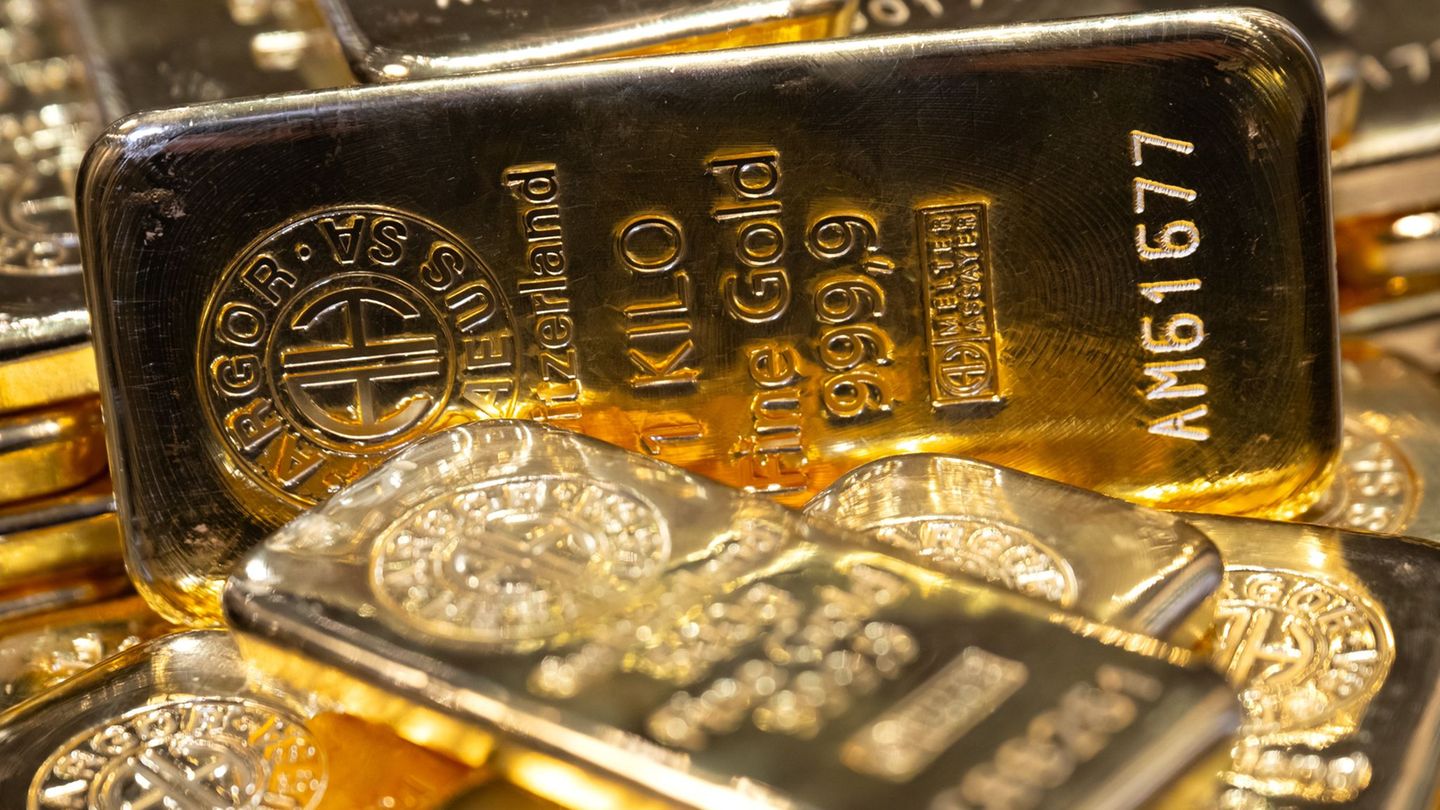Menu
Crisis festival: Escape into the gold – continued price increase in sight
Categories
Most Read
market demands definitions; The lack of signals will accelerate the pressure on the dollar
October 4, 2025
No Comments
Trouble in the job: which ten sentences quickly bring unrest into the team
October 4, 2025
No Comments
How much I win if I invest $ 1,000,000 to 30 days from my home banking
October 4, 2025
No Comments
How much pension can you collect without paying taxes?
October 4, 2025
No Comments
Pension atlas shows why the pensions in the east are 190 euros higher
October 4, 2025
No Comments
Latest Posts

Funny recycling: games of games for children made with materials you already have at home
October 4, 2025
No Comments
He recyclingin addition to being a responsible practice with the environment, it is an inexhaustible source of creativity and fun within the home. Reuse objects

Vasectomy: Why many men still dread it
October 4, 2025
No Comments
Lisa HarrisI am an author and journalist who has worked in the entertainment industry for over a decade. I currently work as a news editor

F1: Franco Colapinto will start 16 at the Singapore Grand Prix
October 4, 2025
No Comments
Argentine pilot Franco Colapinto The classification of this Saturday began in a good way, but finally was eliminated in Q1. Despite this, he signed better
24 Hours Worlds is a comprehensive source of instant world current affairs, offering up-to-the-minute coverage of breaking news and events from around the globe. With a team of experienced journalists and experts on hand 24/7.

